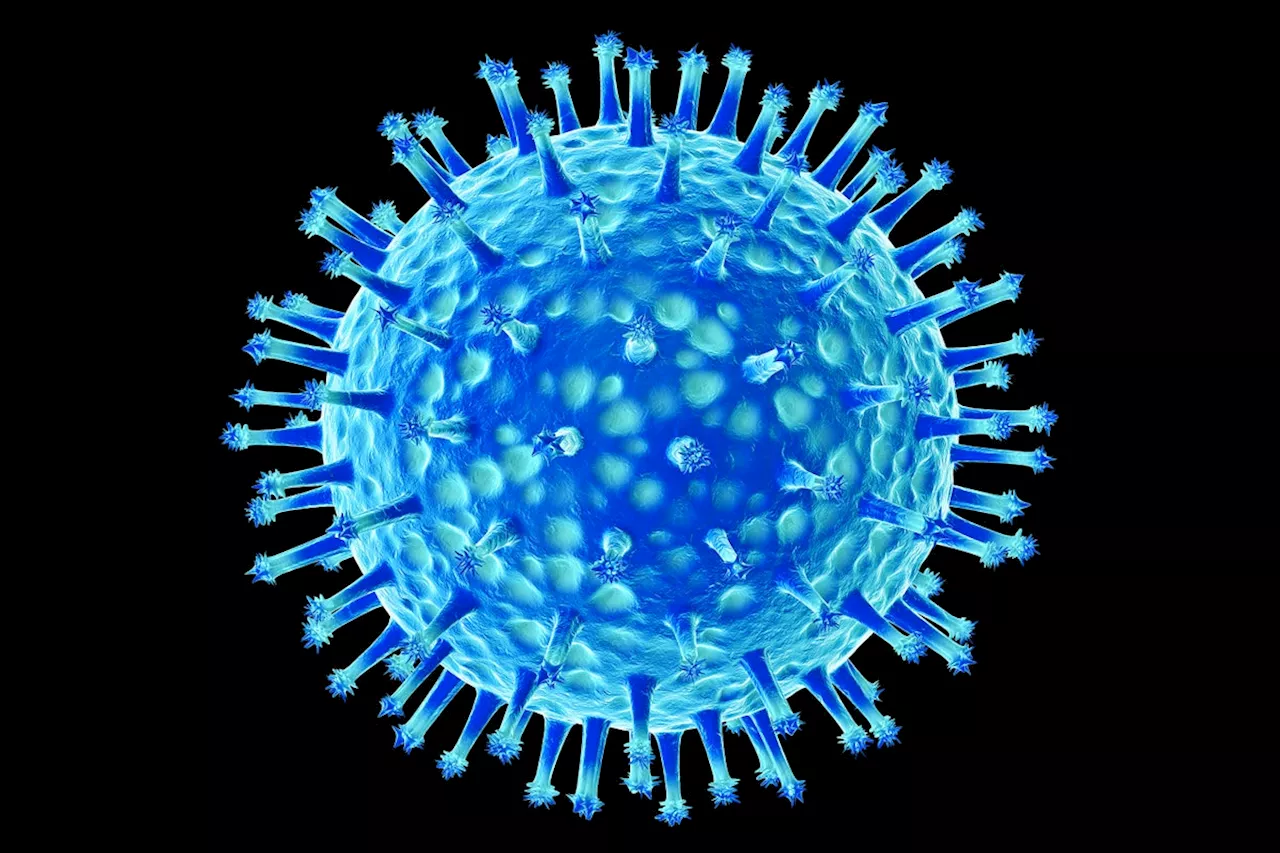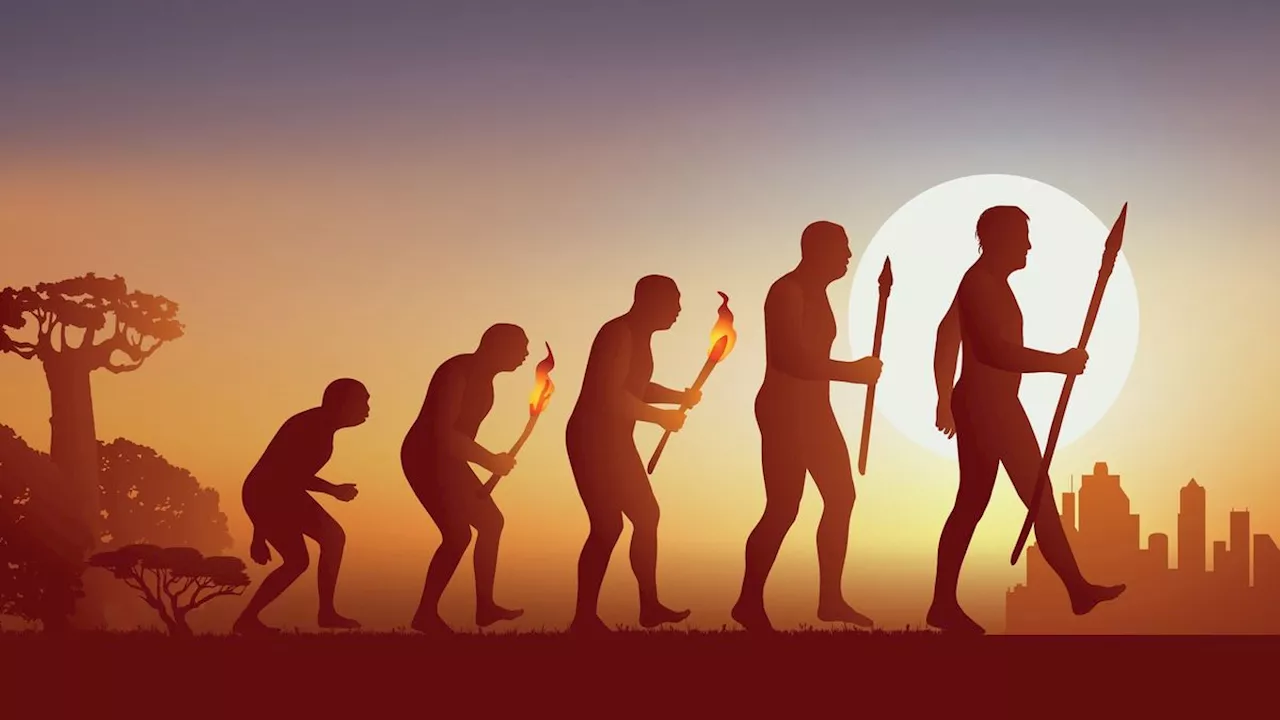Explore the profound impact of sunlight on human evolution, from our bipedal gait to our skin color, hair texture, and even our susceptibility to disease.
For most of our evolutionary history, human activity has been linked to daylight. Technology has liberated us from these ancient sleep-wake cycles, but there is evidence sunlight has left and continues to leave its mark. Not only do we still tend to be awake in the daytime and sleep at night, we can thank light for many other aspects of our biology. Light may have driven our ancestors to walk upright on two legs.
Light helps explain the evolution of our skin color, why some of us have curly hair, and even the size of our eyes. As we'll explore in future articles in this series, light helps shape our mood, our immune system, how our gut works, and much more. Light can make us sick, tell us why we're sick, then treat us. Million of years of evolutionary history means humans are still very much creatures of the light. We stood up, then walked out of AfricaThe first modern humans evolved in warm African climates. And reducing exposure to the harsh sunlight is one explanation for why humans began to walk upright on two legs. When we stand up and the Sun is directly overhead, far less sunshine hits our body. Curly hair may have also protected us from the hot Sun. The idea is that it provides a thicker layer of insulation than straight hair to shield the scalp. Early Homo sapiens had extra Sun protection in the form of strongly pigmented skin. Sunlight breaks down folate (vitamin B9), accelerates ageing and damages DNA. In our bright ancestral climates, dark skin protected against this. But this dark skin still admitted enough UV light to stimulate vital production of vitamin
EVOLUTION SUNLIGHT HUMAN BIOLOGY SKIN COLOR HAIR TEXTURE
United States Latest News, United States Headlines
Similar News:You can also read news stories similar to this one that we have collected from other news sources.
 Louisiana Patient's H5N1 Virus Shows Potential for Human-to-Human SpreadThe Centers for Disease Control and Prevention (CDC) announced that viral samples from a hospitalized patient in Louisiana with severe H5N1 avian influenza show genetic mutations that could make the virus spread more easily among humans. The mutations were found in the patient's samples but not in those from backyard poultry, suggesting they occurred within the patient. While the CDC maintains the risk to the general public is low, this development highlights the virus's ability to adapt to human airways.
Louisiana Patient's H5N1 Virus Shows Potential for Human-to-Human SpreadThe Centers for Disease Control and Prevention (CDC) announced that viral samples from a hospitalized patient in Louisiana with severe H5N1 avian influenza show genetic mutations that could make the virus spread more easily among humans. The mutations were found in the patient's samples but not in those from backyard poultry, suggesting they occurred within the patient. While the CDC maintains the risk to the general public is low, this development highlights the virus's ability to adapt to human airways.
Read more »
 Why “Wisdom Work” Is the New “Knowledge Work”AI technologies create less demand for human knowledge — and they put a premium on human wisdom.
Why “Wisdom Work” Is the New “Knowledge Work”AI technologies create less demand for human knowledge — and they put a premium on human wisdom.
Read more »
 Japan: Scientists develop new tech to turn sunlight, water into hydrogen fuelJapanese researchers have developed a new technique using sunlight to generate hydrogen fuel with a 5% yield.
Japan: Scientists develop new tech to turn sunlight, water into hydrogen fuelJapanese researchers have developed a new technique using sunlight to generate hydrogen fuel with a 5% yield.
Read more »
 A new, more economical and sustainable material is designed that uses sunlight to decontaminate the airResearchers have designed a new compound to remove nitrogen oxides, which constitutes a step towards the development of a system to purify the air under real conditions.
A new, more economical and sustainable material is designed that uses sunlight to decontaminate the airResearchers have designed a new compound to remove nitrogen oxides, which constitutes a step towards the development of a system to purify the air under real conditions.
Read more »
 Winter solstice brings Chicago a mere 9 hours, 7 minutes of sunlight SaturdayThe winter solstice for 2024 arrives Saturday. This marks the shortest day of the year, meaning Chicago will see the least amount of sunlight on this day and the most amount of darkness.
Winter solstice brings Chicago a mere 9 hours, 7 minutes of sunlight SaturdayThe winter solstice for 2024 arrives Saturday. This marks the shortest day of the year, meaning Chicago will see the least amount of sunlight on this day and the most amount of darkness.
Read more »
 Lasers powered by sunlight could beam energy through space to support interplanetary missionsSkyler Ware is a freelance science journalist covering chemistry, biology, paleontology and Earth science. She was a 2023 AAAS Mass Media Science and Engineering Fellow at Science News. Her work has also appeared in Science News Explores, ZME Science and Chembites, among others. Skyler has a Ph.D. in chemistry from Caltech.
Lasers powered by sunlight could beam energy through space to support interplanetary missionsSkyler Ware is a freelance science journalist covering chemistry, biology, paleontology and Earth science. She was a 2023 AAAS Mass Media Science and Engineering Fellow at Science News. Her work has also appeared in Science News Explores, ZME Science and Chembites, among others. Skyler has a Ph.D. in chemistry from Caltech.
Read more »
